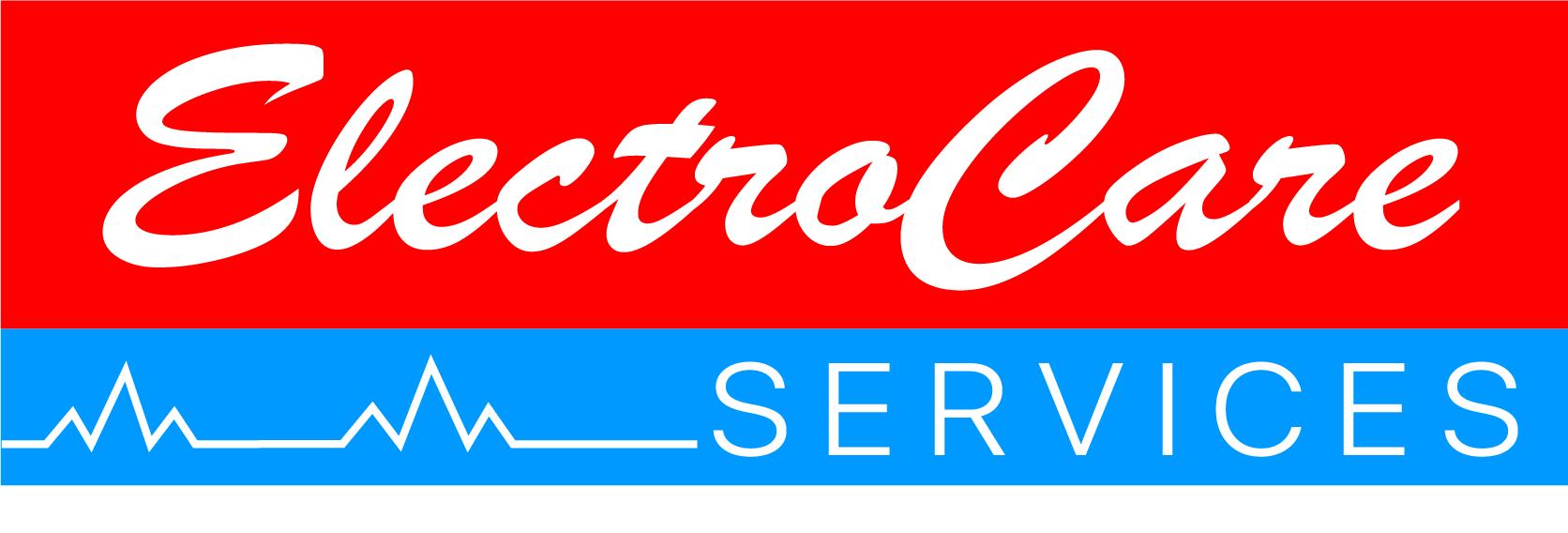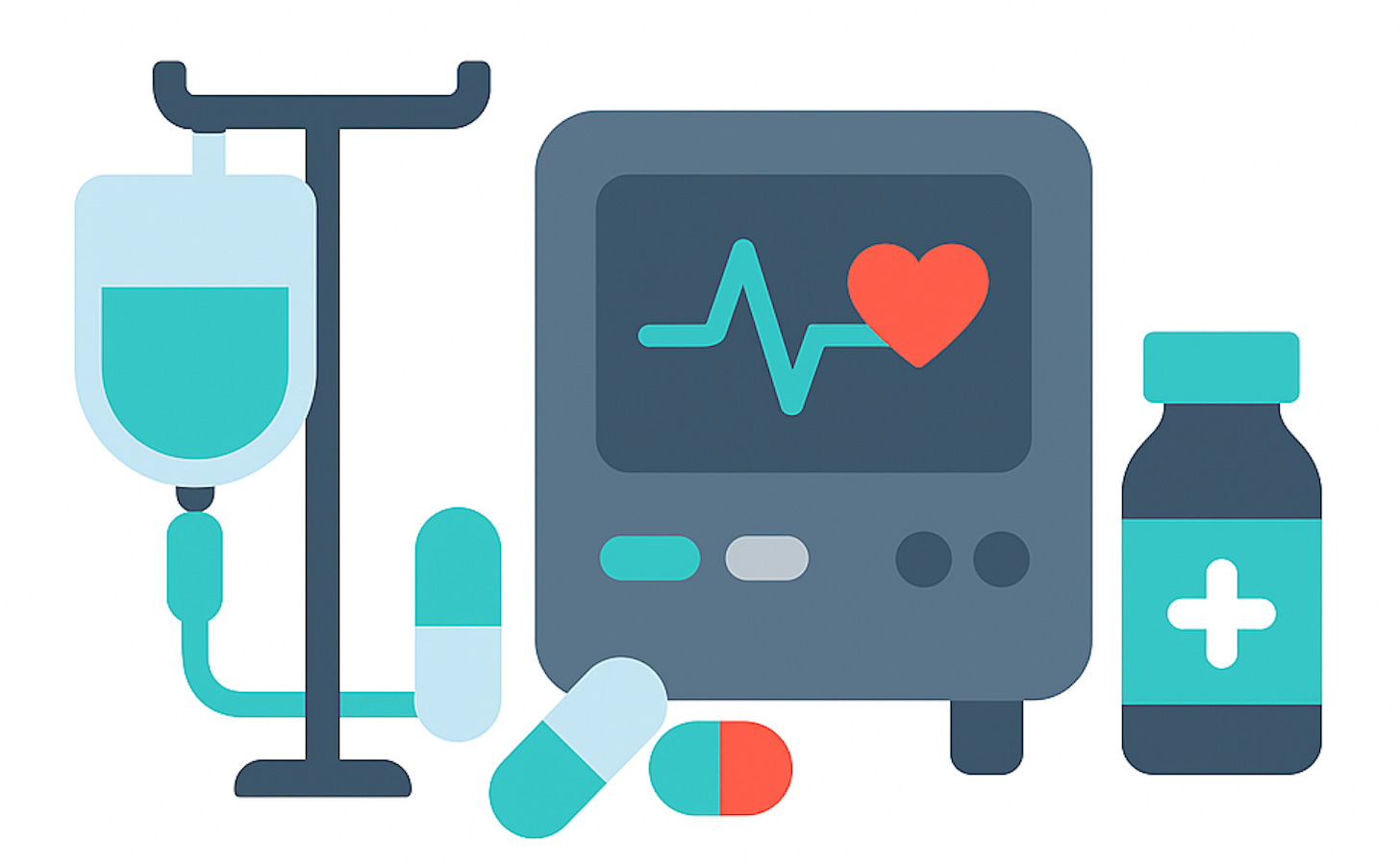Sleep Apnea is a Silent Killer, Stop It Now
Introduction
Sleep apnea is a common but dangerous sleep disorder that can have serious consequences if left untreated. Often referred to as a “silent killer,” sleep apnea disrupts breathing during sleep, leading to a host of health problems. Understanding the risks, recognizing the symptoms, and seeking appropriate treatment can save your life. This article delves into the dangers of sleep apnea and the steps you can take to address it.
What is Sleep Apnea?
- Definition:
- Sleep apnea is a disorder characterized by repeated interruptions in breathing during sleep.
- These interruptions, called apneas, can last from a few seconds to a minute and occur multiple times per hour.
- Types of Sleep Apnea:
- Obstructive Sleep Apnea (OSA): The most common type, caused by the relaxation of throat muscles that block the airway.
- Central Sleep Apnea: Less common, occurring when the brain fails to send proper signals to the muscles that control breathing.
- Complex Sleep Apnea Syndrome: A combination of OSA and central sleep apnea.
The Dangers of Sleep Apnea
- Cardiovascular Problems:
- Sleep apnea increases the risk of high blood pressure, heart attacks, and strokes.
- The repeated drops in blood oxygen levels strain the cardiovascular system, leading to heart disease.
- Diabetes:
- Sleep apnea is linked to insulin resistance and type 2 diabetes.
- Poor sleep quality affects the body’s ability to regulate blood sugar levels.
- Mental Health Issues:
- Untreated sleep apnea can lead to mood disorders such as depression and anxiety.
- The lack of restorative sleep impacts cognitive functions, leading to memory problems and difficulty concentrating.
- Daytime Fatigue and Accidents:
- Chronic fatigue from interrupted sleep increases the risk of accidents, particularly while driving.
- Daytime drowsiness can impair performance at work and affect overall quality of life.
- Metabolic Syndrome:
- Sleep apnea is associated with metabolic syndrome, a cluster of conditions that increase the risk of heart disease, stroke, and diabetes.
- These conditions include high blood pressure, high blood sugar, excess body fat around the waist, and abnormal cholesterol levels.
Recognizing the Symptoms
- Common Symptoms:
- Loud, persistent snoring.
- Episodes of stopped breathing during sleep, often witnessed by a bed partner.
- Gasping or choking sounds during sleep.
- Excessive daytime sleepiness and fatigue.
- Morning headaches.
- Difficulty concentrating and memory issues.
- Irritability and mood swings.
- Risk Factors:
- Being overweight or obese.
- Having a large neck circumference.
- Family history of sleep apnea.
- Use of alcohol, sedatives, or tranquilizers.
- Smoking.
- Nasal congestion or allergies.
Diagnosing Sleep Apnea
- Consult a Healthcare Provider:
- If you suspect you have sleep apnea, consult your healthcare provider for an evaluation.
- A detailed medical history and physical examination will be conducted.
- Sleep Study:
- A sleep study, or polysomnography, is the gold standard for diagnosing sleep apnea.
- It records brain waves, blood oxygen levels, heart rate, breathing, and eye and leg movements during sleep.
- Home Sleep Apnea Test:
- For some patients, a home sleep apnea test may be recommended.
- This test uses simplified equipment to monitor airflow, breathing patterns, and blood oxygen levels.
Treatment Options
- Lifestyle Changes:
- Weight Loss: Losing weight can reduce or eliminate sleep apnea symptoms.
- Exercise: Regular physical activity helps improve overall health and reduce sleep apnea severity.
- Avoid Alcohol and Sedatives: These substances relax the throat muscles, worsening sleep apnea.
- Sleep Position: Sleeping on your side can prevent the tongue and soft tissues from blocking the airway.
- Continuous Positive Airway Pressure (CPAP):
- CPAP is the most effective treatment for moderate to severe sleep apnea.
- It delivers a constant stream of air through a mask, keeping the airway open during sleep.
- Oral Appliances:
- Custom-fitted dental devices can help keep the airway open by repositioning the jaw and tongue.
- These are often recommended for mild to moderate sleep apnea.
- Surgery:
- Surgical options are considered when other treatments fail.
- Procedures can remove excess tissue, reposition the jaw, or implant devices to stimulate airway muscles.
- Other Therapies:
- Adaptive Servo-Ventilation (ASV): For complex sleep apnea, ASV adjusts air pressure based on your breathing patterns.
- Supplemental Oxygen: In some cases, adding oxygen during sleep can help.
Conclusion
Sleep apnea is a serious condition that requires prompt attention and treatment. Recognizing the symptoms and understanding the risks can lead to early diagnosis and effective management. Whether through lifestyle changes, CPAP therapy, or other treatments, taking action against sleep apnea can significantly improve your health and quality of life. Don’t ignore the signs—stop sleep apnea now and safeguard your future.



